In this post, Dominic Englert talks about their recently published paper “Does waterborne exposure explain effects caused by neonicotinoid-contaminated plant material in aquatic systems?“
Two sides of a leaf
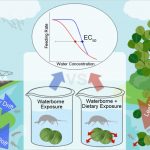


In this post, Dominic Englert talks about their recently published paper “Does waterborne exposure explain effects caused by neonicotinoid-contaminated plant material in aquatic systems?“
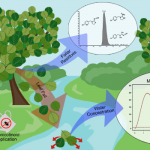
In this post, we talk about our recently published paper: “Modeling Remobilization of Neonicotinoid Residues from Tree Foliage in Streams – A Relevant Exposure Pathway in Risk Assessment?“
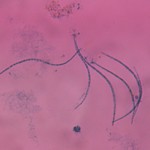
In this post, we talk about our recently published paper “Waterborne toxicity and diet-related effects of fungicides in the key leaf shredder Gammarus fossarum (Crustacea; Amphipoda)”. Continue reading
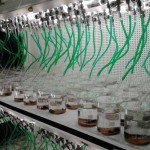
In this new series of posts, research teams/groups of Landau’s Institute of Environmental Sciences introduce their Ecotoxicology-related research. This time: the team “Functional Aquatic Ecotoxicology” Continue reading
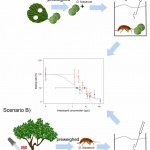
In this post, PhD student Dominic Englert shares his poster „Effects of systemic neonicotinoid insecticides: the importance of exposure pathways“ that he presented during the 15th EuCheMS International Conference on Chemistry and the Environment in Leipzig, Germany. Continue reading
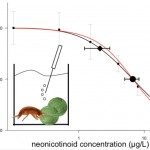
In this post, PhD student Dominic Englert shares his poster „Are neonicotinoids a threat for leaf litter breakdown? A laboratory approach with leaf shredding invertebrates“ that he presented during this year’s SETAC Europe Meeting.
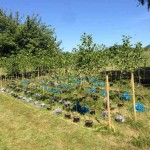
In this post, our student blogger Kym shares her poster “Systemic Fungicides Can Alter the Quality of Plant Material for Aquatic Shredders” that she presented during this year’s SETAC Europe Meeting. Continue reading
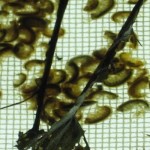
In this post, we talk about our recently published paper “The relative importance of diet-related and waterborne effects of copper for a leaf-shredding invertebrate”. Continue reading

In this post, we talk about two recently published papers dealing with the effects of fungicides on aquatic fungi that are key drivers in ecosystem functioning. Continue reading